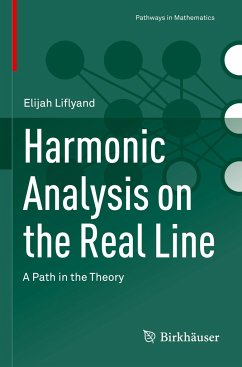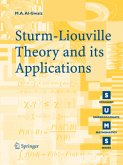This book sketches a path for newcomers into the theory of harmonic analysis on the real line. It presents a collection of both basic, well-known and some less known results that may serve as a background for future research around this topic. Many of these results are also a necessary basis for multivariate extensions. An extensive bibliography, as well as hints to open problems are included. The book can be used as a skeleton for designing certain special courses, but it is also suitable for self-study.
"The book under review takes the reader on a journey along a particular path through the vast landscape of modern harmonic analysis in one real variable. From beginning to end, the text is uniquely flavored by the author's mathematical interests which provides the reader with a good sense of direction. ... The book should be accessible to beginning graduate students in analysis and advanced undergraduates with basic knowledge in real analysis ... ." (Joris Roos, zbMATH 1514.42001, 2023)
"This book is very accurately described by its subtitle 'a path in the theory'. The book is at times a textbook, an introduction to harmonic analysis, an essay, or a survey, or some combination of these. ... Some theorems are stated and proved, some are discussed, and others are quickly mentioned. It's not a standard path, but an engaging one, offering insights and connections that arenew or not well known." ( Charles N. Moore, Mathematical Reviews, September, 2022)
"This book is very accurately described by its subtitle 'a path in the theory'. The book is at times a textbook, an introduction to harmonic analysis, an essay, or a survey, or some combination of these. ... Some theorems are stated and proved, some are discussed, and others are quickly mentioned. It's not a standard path, but an engaging one, offering insights and connections that arenew or not well known." ( Charles N. Moore, Mathematical Reviews, September, 2022)








